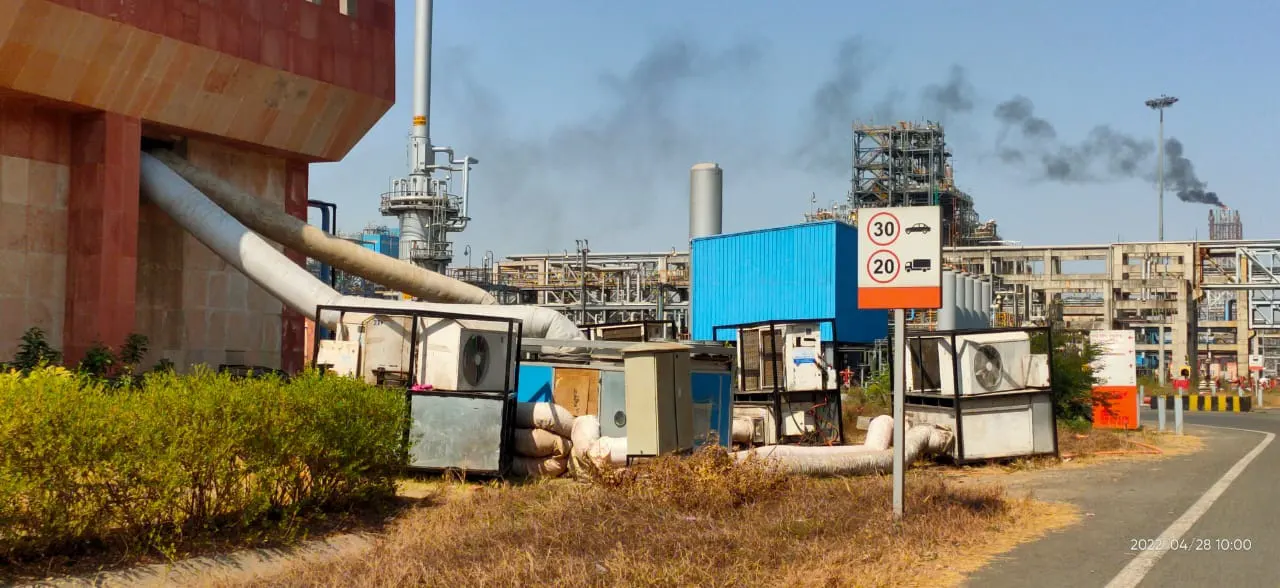National Weather Service Arrives in Hodges/Hawley After Tornado

The aftermath of a tornado can be both devastating and disorienting for affected communities. When nature’s fury leaves its mark, immediate response and assessment are crucial. Recently, the National Weather Service arrives in Hodges/Hawley after tornado, bringing much-needed expertise and support to these hard-hit areas. This intervention is a pivotal step in the recovery process, as it provides valuable insights into the tornado’s impact and aids in coordinating relief efforts.
Initial Response and Immediate Impact
The tornado that struck Hodges and Hawley has left a trail of destruction, with significant damage reported across both communities. Homes have been demolished, power lines downed, and local infrastructure severely compromised. The initial response from emergency services has been focused on rescuing individuals, providing first aid, and securing areas that are at risk of further collapse.
The arrival of the National Weather Service in Hodges/Hawley after the tornado marks a crucial phase in the disaster management process. Their role is not only to assess the physical damage but also to understand the tornado’s intensity and trajectory. This information is vital for determining the severity of the event and for planning subsequent recovery and rebuilding efforts.
Assessment and Analysis
Upon their arrival, the National Weather Service team conducts a comprehensive damage assessment. This process involves surveying the affected areas, analyzing the extent of structural damage, and using meteorological tools to evaluate the tornado’s strength. The assessment team employs a variety of methods, including ground surveys and aerial reconnaissance, to gather accurate data on the tornado’s path and impact.
The analysis provided by the National Weather Service helps to categorize the tornado based on its Enhanced Fujita (EF) scale rating. This scale measures the tornado’s intensity based on the damage it inflicted, ranging from EF0 (weakest) to EF5 (strongest). Understanding the tornado’s classification is essential for directing appropriate resources and support to the affected areas.
Collaboration with Local Agencies
The arrival of the National Weather Service in Hodges/Hawley also signifies a collaborative effort with local agencies and authorities. Coordination between federal and local entities is crucial for an effective response and recovery. The National Weather Service works alongside local emergency management teams, utility companies, and disaster relief organizations to address immediate needs and develop long-term recovery plans.
Local authorities provide invaluable insights into the specific needs of the community, while the National Weather Service offers expertise on weather-related issues and data analysis. This partnership ensures that resources are allocated efficiently and that recovery efforts are tailored to the unique challenges faced by Hodges and Hawley.
Public Communication and Safety
Clear and timely communication is vital during the aftermath of a tornado. The National Weather Service plays a key role in disseminating information to the public. They provide updates on the status of the damage assessment, forecast future weather conditions, and offer safety recommendations to residents.
In the wake of the tornado, residents are advised to stay informed through official channels. The National Weather Service utilizes various platforms, including social media, local news, and emergency alert systems, to keep the public updated. They also issue advisories on potential hazards, such as unstable structures or additional severe weather threats, ensuring that the community remains vigilant and safe.
Long-Term Recovery and Rebuilding
The impact of a tornado extends well beyond the immediate aftermath. Long-term recovery and rebuilding efforts are essential for restoring normalcy and aiding the affected communities’ recovery. The National Weather Service continues to support these efforts by providing detailed reports and forecasts that assist in planning and resource allocation.
Rebuilding efforts involve more than just physical reconstruction. Emotional and psychological support is also crucial for residents coping with the trauma of the disaster. Local and federal agencies, along with non-profit organizations, work together to offer counseling services, financial assistance, and community support programs.
Enhancing Preparedness for Future Events
The arrival of the National Weather Service in Hodges/Hawley after the tornado also brings an opportunity to enhance preparedness for future weather events. Post-disaster assessments often lead to recommendations for improving local emergency response plans and infrastructure resilience.
Communities can benefit from increased awareness and preparedness measures, such as developing comprehensive emergency plans, investing in weather alert systems, and conducting regular drills. The data and insights provided by the National Weather Service contribute to these improvements, helping communities better prepare for and respond to future severe weather events.
Conclusion
The intervention of the National Weather Service in Hodges/Hawley after the tornado represents a crucial step in the disaster response and recovery process. Their expertise in damage assessment, data analysis, and public communication is instrumental in addressing the immediate needs of the affected communities and guiding long-term recovery efforts. As Hodges and Hawley navigate the path to rebuilding, the support of the National Weather Service underscores the importance of collaboration, preparedness, and resilience in the face of severe weather events.




